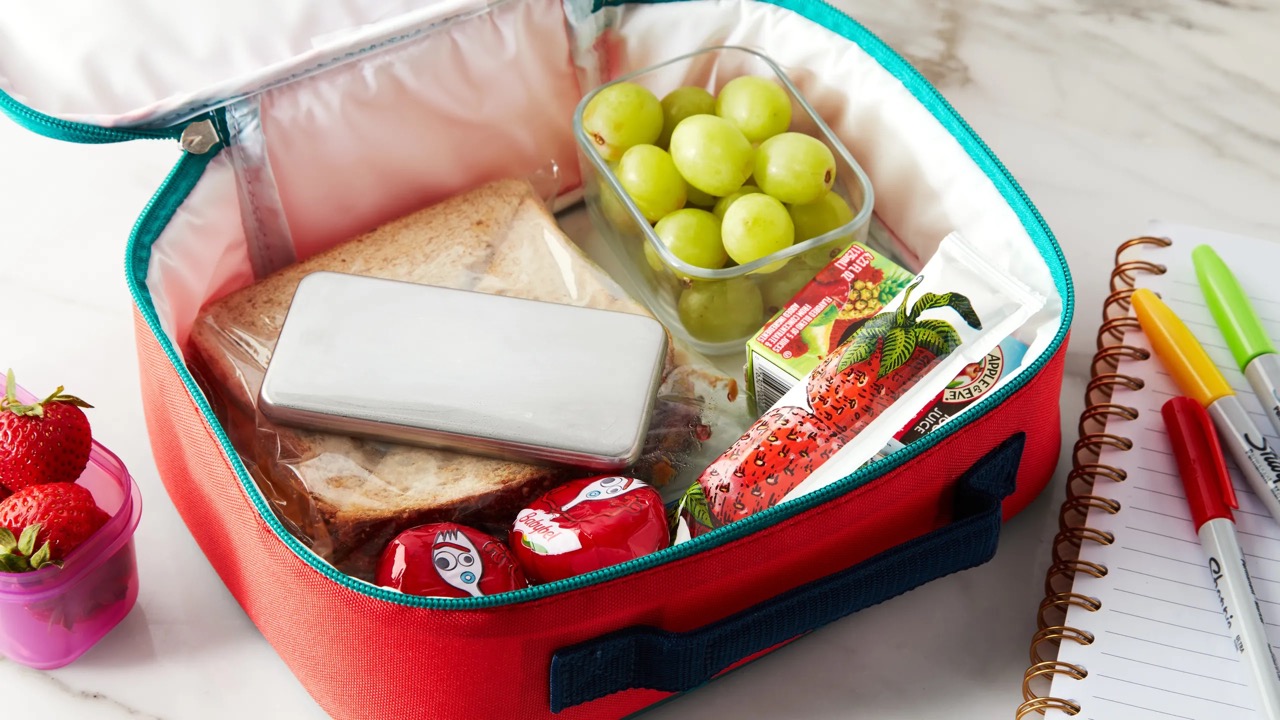

Articles
How To Use Ice Pack In Lunch Box
Modified: March 25, 2024
Learn useful tips and creative ways to use ice packs in your lunch box. Discover articles on how to keep your food fresh and cool throughout the day.
(Many of the links in this article redirect to a specific reviewed product. Your purchase of these products through affiliate links helps to generate commission for Storables.com, at no extra cost. Learn more)
Introduction
Welcome to the exciting world of lunch box innovation! Gone are the days of soggy sandwiches and warm beverages. With the advent of ice packs, we now have the power to keep our lunch fresh, cool, and delicious throughout the day. In this article, we will explore the benefits of using ice packs in lunch boxes, the various types of ice packs available, guidelines for using them effectively, and tips and tricks to maximize their effectiveness. So, grab your lunch box and let’s dive in!
Imagine opening your lunch box to find a crisp, chilled salad, a refreshing drink, and a perfectly chilled dessert. Thanks to ice packs, this fantasy can become a reality. Ice packs are the ultimate lunch box accessory, designed to keep your food at a safe temperature and prevent bacterial growth. They are portable, reusable, and easy to use, making them a must-have item for anyone who wants to enjoy a satisfying and nutritious meal on the go.
The benefits of using ice packs in lunch boxes are plentiful. Firstly, they help maintain the freshness and flavor of your food. The cold temperature slows down the bacterial growth, keeping your food safe to consume for longer periods. Additionally, ice packs help preserve the texture of delicate foods like fruits, salads, and dairy products, preventing them from becoming wilted or spoiled.
Moreover, ice packs act as a natural coolant, keeping your food at the optimal temperature to ensure food safety. Bacteria thrive in the “temperature danger zone” between 40°F (4°C) and 140°F (60°C). By using ice packs, you can keep your lunch below this temperature range, reducing the risk of foodborne illnesses.
Furthermore, incorporating ice packs into your lunch routine allows for creativity in meal planning. You can now pack a wider variety of foods without worrying about their spoilage or quality. From hearty salads and sandwiches to yogurts and refreshing beverages, the possibilities are endless.
Key Takeaways:
- Ice packs in lunch boxes preserve food safety, freshness, and expand meal options. They save energy, reduce waste, and offer convenience, making them a lunchtime essential for a satisfying and nutritious dining experience on the go.
- Guidelines for using ice packs include proper placement, sizing, and monitoring food temperature. Maximizing their effectiveness with pre-chilling, layering, and insulation ensures fresh, chilled meals throughout the day, enhancing lunchtime enjoyment.
Read also: 9 Best Lunch Box Ice Pack for 2024
Benefits of Using Ice Packs in Lunch Boxes
Using ice packs in your lunch box offers a range of benefits that go beyond just keeping your food cool. Let’s explore some of the key advantages:
- Food Safety: One of the primary benefits of using ice packs is ensuring the safety of your food. By keeping your lunch at a chilled temperature, ice packs help prevent the growth of bacteria and reduce the risk of foodborne illnesses. This is especially crucial when packing perishable items like meats, dairy products, and mayonnaise-based salads.
- Preserves Freshness: We all want our food to taste fresh and delicious, even hours after packing. Ice packs help maintain the freshness of your lunch by keeping it at a cool temperature. This is particularly important for delicate foods like fruits, leafy greens, and sandwiches with moist ingredients.
- Expands Food Options: The use of ice packs opens up a world of possibilities when it comes to packing your lunch. You no longer have to limit yourself to non-perishable items or worry about your food spoiling. With the help of ice packs, you can now enjoy a wider variety of fresh and wholesome meals, including homemade salads, yogurt parfaits, cold pasta dishes, and more.
- Energy Savings: By using ice packs in your lunch box, you eliminate the need for refrigeration or microwaving at your workplace or school. This not only saves energy but also saves you valuable time and money. Plus, you won’t have to wait in line for the office fridge or deal with the disappointment of finding it full.
- Convenience: Ice packs are incredibly convenient and easy to use. They are compact, lightweight, and fit perfectly into most lunch boxes or bags. You can simply freeze them overnight and pop them in your lunch box in the morning. They stay cold for hours, ensuring your food remains fresh until you’re ready to enjoy it.
- Reduces Food Waste: When your food stays fresh and cool, you’re less likely to waste it. Ice packs help prevent spoilage and maintain the quality of your food, reducing the chances of throwing away uneaten portions. This not only saves money but also promotes sustainable eating habits.
Overall, using ice packs in your lunch box provides numerous benefits to enhance your dining experience. From ensuring food safety to broadening your food options and reducing waste, ice packs are an indispensable tool for anyone who wants to enjoy a tasty and satisfying meal on the go.
Types of Ice Packs
Ice packs come in various forms, each designed to suit different needs and preferences. Let’s explore the different types of ice packs available:
- Gel Packs: Gel packs are one of the most common types of ice packs. They consist of a flexible plastic pouch filled with a gel-like substance that freezes when placed in the freezer. Gel packs are versatile, easy to use, and remain cold for an extended period. They are available in different sizes and shapes, making them suitable for various sizes of lunch boxes.
- Reusable Ice Packs: Reusable ice packs are another popular option. These ice packs are made of durable plastic or fabric material filled with a freezing gel or liquid. They can be frozen and reused multiple times, making them a cost-effective choice in the long run. Reusable ice packs often come in flat or rectangular shapes, fitting perfectly in most lunch boxes.
- Freeze and Use Packs: Freeze and use packs are pre-filled ice packs that do not require any additional steps. They are available in various sizes and shapes, and all you need to do is freeze them before use. Freeze and use packs are convenient for those who prefer a hassle-free solution without the need for refilling or cleaning.
- Cooling Pads: Cooling pads are thin pads or sheets that can be refrigerated or frozen to provide a cooling effect. They are ideal for wrapping around food items or placing underneath lunch box compartments to evenly distribute the cool temperature. Cooling pads are lightweight and flexible, allowing for easy placement and maximum coverage.
- Instant Ice Packs: Instant ice packs are commonly used in medical settings but can also be used in lunch boxes. These packs contain chemicals that, when activated, produce an instant cooling effect. They are single-use and provide immediate coldness, making them suitable for emergencies or when you don’t have access to a freezer.
When choosing an ice pack for your lunch box, consider factors like size, durability, and your personal preferences. Some ice packs may stay colder for longer, while others may be more compact or offer reusable options. Experiment with different types to find the one that best suits your needs and ensures your lunch stays fresh and cool throughout the day.
Guidelines for Using Ice Packs in Lunch Boxes
While using ice packs in your lunch box is a simple and effective way to keep your food cool, there are a few guidelines to keep in mind for optimal results. Here are some guidelines to follow when using ice packs:
- Freeze Them Overnight: To ensure maximum effectiveness, it’s best to freeze your ice packs overnight or for the recommended duration stated on the packaging. This allows them to fully freeze and reach their coldest temperature before being placed in your lunch box.
- Ensure Proper Placement: When using ice packs, it’s important to position them strategically within your lunch box. Place them next to or underneath perishable items like meats, dairy products, and salads to keep them cool and fresh. Consider using separate compartments or Tupperware containers to prevent any condensation or direct contact with your food.
- Size Matters: When selecting ice packs, consider the size of your lunch box. Choose ice packs that fit properly and leave enough space for your food. Using multiple smaller ice packs may be more effective than using just one large pack, as they can distribute the cold temperature more evenly.
- Don’t Overpack: Avoid overpacking your lunch box, as this can hinder the circulation of cold air and reduce the effectiveness of the ice packs. Leave some room for air to circulate and allow the cold temperature to reach all the contents of your lunch box.
- Monitor Food Temperature: While ice packs help maintain a cool temperature, it’s still important to monitor the temperature of your food. Invest in a food thermometer to ensure your perishable items stay within the safe temperature range during transportation and until it’s time to enjoy your meal.
- Clean and Store Properly: After each use, clean your ice packs according to the manufacturer’s instructions to prevent any contamination or odor buildup. Allow them to dry completely before returning them to the freezer. Store your ice packs in a clean, dry place to keep them ready for future use.
By following these guidelines, you can ensure that your ice packs effectively keep your lunch cool and safe to eat. Remember, proper usage and maintenance of ice packs will help you enjoy fresh and satisfying meals throughout the day.
Step-by-Step Instructions for Using Ice Packs
Using ice packs in your lunch box is quick and easy. Follow these step-by-step instructions to ensure that you maximize the effectiveness of your ice packs:
- Prep the Ice Packs: Before using your ice packs, make sure they are frozen. Place them in the freezer for the recommended duration, usually overnight or as specified on the packaging. This ensures they reach their coldest temperature and are ready for use.
- Pack Your Lunch: Begin by packing your lunch items in your lunch box or bag. Place any perishable items, such as sandwiches with meats or dairy products, into separate containers or compartments to prevent direct contact with the ice packs.
- Position the Ice Packs: Once your lunch items are packed, insert the frozen ice packs into your lunch box. Place them strategically next to or underneath perishable items, where they will have the most direct contact and help maintain the desired temperature.
- Close and Seal: Ensure that your lunch box is properly closed and sealed to maintain the cold temperature. This helps trap the cool air inside and prevent any warm air from entering, keeping your food fresh and cool for longer.
- Transport Safely: When carrying your lunch box, be mindful of keeping it in a cool and shaded area, away from direct sunlight or heat sources. If possible, store it in an insulated bag to provide an additional layer of insulation and maintain the desired temperature.
- Enjoy Your Fresh Lunch: When it’s time for lunch, open your lunch box to find your food still fresh and cold. Take out your delicious, chilled meal and savor the flavors knowing that your ice packs have done their job in keeping your lunch cool and ready to enjoy.
Follow these simple steps to make the most of your ice packs and ensure that your lunch remains fresh and safe to eat throughout the day. By incorporating ice packs into your lunch routine, you can enjoy a satisfying and refreshing meal, even when you’re on the go.
When using an ice pack in a lunch box, place it at the bottom to keep food cold and prevent it from getting soggy. Make sure to clean and dry the ice pack after each use to prevent bacteria growth.
Tips and Tricks for Maximizing the Effectiveness of Ice Packs
While ice packs are designed to keep your lunch cool, there are some tips and tricks you can follow to maximize their effectiveness. Here are some helpful suggestions:
- Pre-Chill Your Lunch Box: Before packing your lunch, consider pre-chilling your lunch box or bag. Simply place it in the fridge or freezer for a few minutes to cool it down. This helps create a cooler environment for your ice packs and enhances their cooling effect.
- Use Multiple Ice Packs: If you have ample space in your lunch box, consider using multiple ice packs rather than just one. This helps distribute the cold temperature more evenly and keeps your food cool for a longer period. Consider placing one ice pack at the bottom of the lunch box and another on top of the food items.
- Layer Ice Packs with Food: To further enhance the cooling effect, you can create layers with your food and ice packs. For instance, place a layer of perishable items, like fruits or salads, followed by an ice pack, and then another layer of perishable items. This provides an additional barrier of cold temperature around the food.
- Separate Hot and Cold Items: If you’re packing both hot and cold food items in the same lunch box, be sure to separate them. The heat from hot food can affect the cooling efficiency of your ice packs. Consider using separate compartments, containers, or even a thermal bag to keep hot and cold items separate.
- Insulate Your Lunch Box: Insulating your lunch box can help maintain the cool temperature for longer. Consider using an insulated lunch bag or inserting an insulating layer, such as a cloth or towel, around your lunch box. This helps trap the cold air and prevents outside heat from entering.
- Re-Freeze or Replace Ice Packs: If you have access to a freezer during the day, consider re-freezing your ice packs during breaks or lunchtime. This ensures that they stay cold throughout the day. If you don’t have access to a freezer, you may consider investing in extra ice packs to replace the melted ones midday.
- Keep Ice Packs Clean: Regularly clean and sanitize your ice packs to prevent any odor or cross-contamination. Follow the manufacturer’s guidelines for cleaning and drying them thoroughly before placing them back in the freezer.
By following these tips and tricks, you can enhance the effectiveness of your ice packs and ensure that your lunch remains cool and fresh throughout the day. Enjoy your chilled meals and the convenience of having a satisfying lunch wherever you go!
Precautions and Safety Measures
While using ice packs in your lunch box is generally safe, it’s important to follow some precautions and safety measures to ensure the wellbeing of yourself and others. Here are some guidelines to keep in mind:
- Use Food-Safe Ice Packs: When purchasing ice packs, make sure they are specifically designed for food storage and are labeled as food-safe. Avoid using non-food-safe ice packs, as they may contain chemicals or materials that can contaminate your food.
- Keep Them Clean: Regularly clean your ice packs according to the manufacturer’s instructions to prevent any bacterial growth or cross-contamination. Use mild soap, warm water, and a soft cloth or sponge to clean the exterior surfaces. Ensure they are completely dry before refreezing.
- Wrap or Insulate: To prevent direct contact with your food, consider wrapping your ice packs in a clean cloth or placing them in a sealed plastic bag before placing them in your lunch box. This adds an extra layer of protection and prevents any condensation from affecting your food.
- Dispose of Damaged Ice Packs: Regularly inspect your ice packs for any signs of damage or leakage. If you notice any cracks, tears, or leaks, it’s best to discard them and replace them with new ones. Damaged ice packs may not function properly or could potentially contaminate your food.
- Maintain Safe Temperatures: While ice packs help maintain a cold temperature, it’s important to remember that they are not a substitute for proper refrigeration. Avoid leaving your lunch box out at room temperature for an extended period. If you work in a warm environment or have a long commute, consider using additional insulating materials or keeping your lunch box in a cool location.
- Follow Storage Guidelines: Always follow the recommended storage guidelines for different food items. Some perishable foods, like meat or dairy products, may require additional precautions, such as keeping them in a separate container or using an extra ice pack. Be aware of any specific storage needs for the foods you’re packing.
- Be Mindful of Allergens: If you or someone you will be sharing a lunch space with has food allergies, take extra care to prevent any cross-contamination. Ensure that allergenic foods are properly sealed and kept away from other food items. Consider using separate containers or using dividers within your lunch box.
- Stay Informed: Stay updated with food safety guidelines and recommendations from trusted sources, such as health authorities or food safety organizations. This will help you make informed decisions about the storage and handling of your lunch and ensure the safety of your food.
By following these precautions and safety measures, you can enjoy the benefits of using ice packs in your lunch box while keeping your food safe and fresh. Prioritizing food safety not only protects your health but also ensures that you can fully enjoy your meals without any worries.
Frequently Asked Questions (FAQs)
Here are some commonly asked questions about using ice packs in lunch boxes, along with their answers:
- Can I use regular ice cubes instead of ice packs?
- How long do ice packs stay cold?
- Can I microwave my ice packs?
- Can I refreeze melted ice packs?
- Do ice packs leak?
- Can I take ice packs on flights?
- Can I use DIY ice packs?
While regular ice cubes can provide temporary cooling, they may create a mess as they melt and can make your food soggy. Ice packs are specifically designed for use in lunch boxes and are a more convenient and effective option.
The cooling duration of ice packs can vary depending on factors such as their size, insulation, and ambient temperature. In general, most ice packs will stay cold for around 4-6 hours. However, it’s best to check the specific instructions provided by the manufacturer for optimal cooling time.
No, ice packs should not be microwaved. Microwaving can cause the gel or liquid inside the ice pack to expand and potentially burst, resulting in a safety hazard. Only use ice packs as intended – to keep your lunch cool.
Yes, you can refreeze most ice packs once they have melted. Simply follow the manufacturer’s instructions for refreezing. It’s important to ensure the ice pack is completely dry before placing it back in the freezer to prevent bacterial growth.
While ice packs are designed to be leak-proof, it’s important to check them regularly for any signs of damage or leakage. If you notice any cracks, leaks, or tears, it’s best to discard the ice pack and replace it to prevent any potential contamination of your food.
Transporting ice packs on flights should adhere to the regulations of the specific airline. Generally, if you are carrying ice packs for medical or essential purposes, they may be permitted. However, it’s best to check with the airline beforehand to ensure compliance with their guidelines.
While homemade ice packs can be an alternative, it’s important to ensure they are safe for food use. Be cautious of using materials that may contaminate your food, and ensure proper sealing to prevent leakage. Store-bought food-safe ice packs are generally the recommended choice for optimal safety and effectiveness.
If you have any additional questions about using ice packs in your lunch box, consult the manufacturer’s guidelines or seek advice from reputable sources to ensure the safety and quality of your meals.
Conclusion
Using ice packs in your lunch box is a game-changer when it comes to keeping your food fresh, cool, and safe to consume. The benefits of using ice packs are numerous, including maintaining the freshness and flavor of your food, expanding your food options, and reducing food waste.
By following the guidelines for using ice packs, including prepping them overnight and strategically placing them in your lunch box, you can ensure maximum effectiveness. Additionally, incorporating tips and tricks, such as using multiple ice packs and insulating your lunch box, will enhance the cooling effect and keep your lunch at the desired temperature.
Remember to take precautions and follow safety measures when using ice packs in your lunch box. Use food-safe ice packs, keep them clean, and inspect them regularly for any signs of damage. Stay informed about proper food storage and handling guidelines to ensure the safety and quality of your meals.
So, whether you’re heading to school or work, embarking on a picnic, or traveling on a road trip, don’t forget to pack your lunch with the help of ice packs. Enjoy the freedom of packing a wider variety of fresh and delicious foods, knowing that they will stay cool, appetizing, and safe to eat throughout the day.
Get creative with your lunch box creations, experiment with different foods, and savor the satisfaction of enjoying a perfectly chilled meal wherever you go. With ice packs, you can truly revolutionize your lunch experience!
Frequently Asked Questions about How To Use Ice Pack In Lunch Box
Was this page helpful?
At Storables.com, we guarantee accurate and reliable information. Our content, validated by Expert Board Contributors, is crafted following stringent Editorial Policies. We're committed to providing you with well-researched, expert-backed insights for all your informational needs.
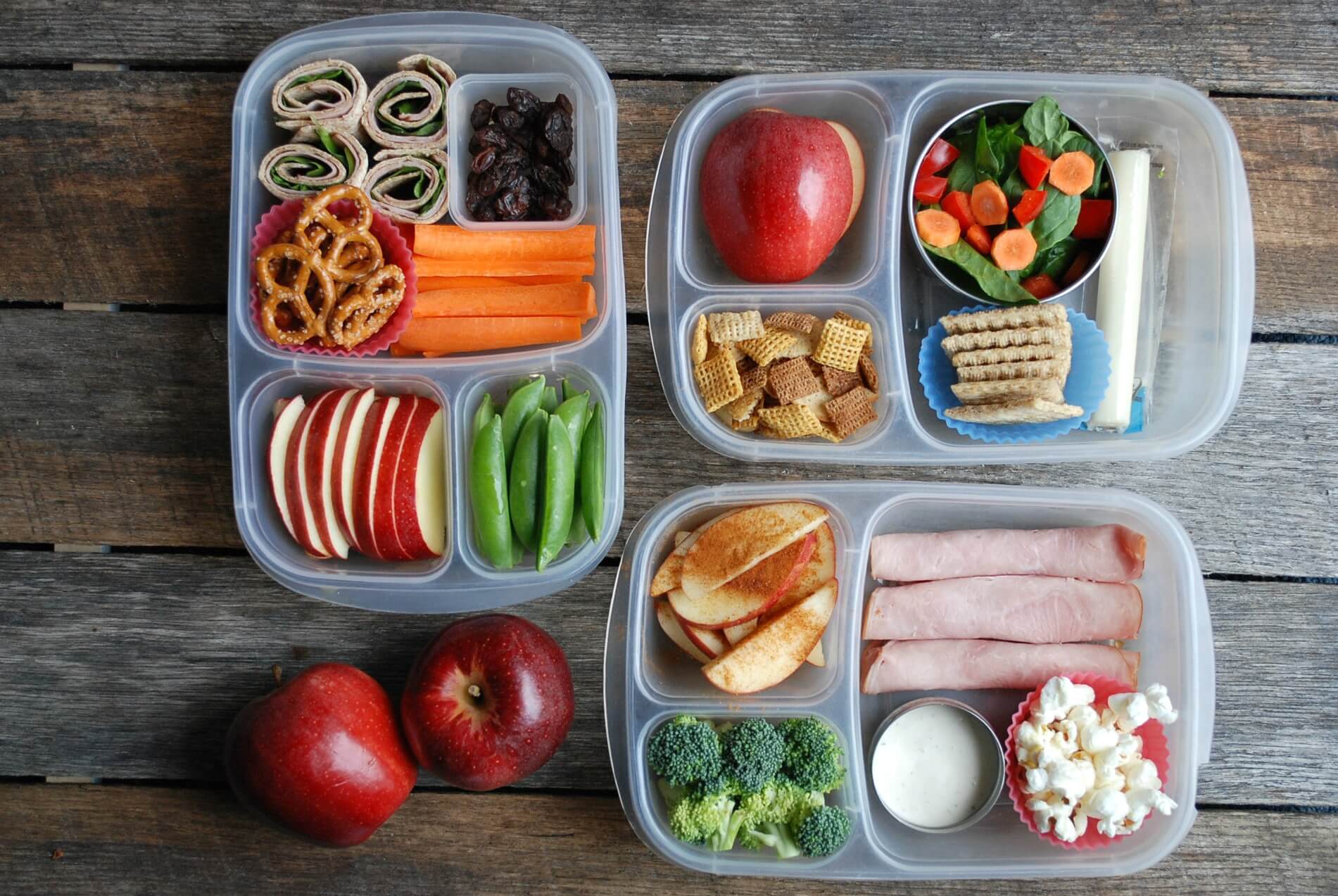
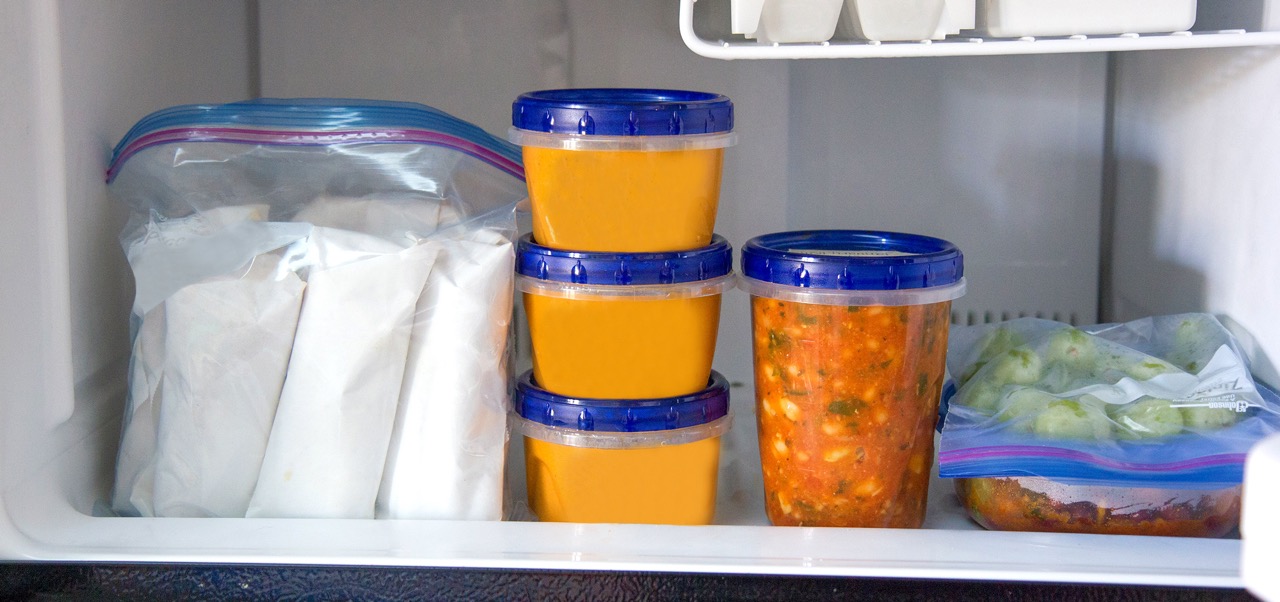
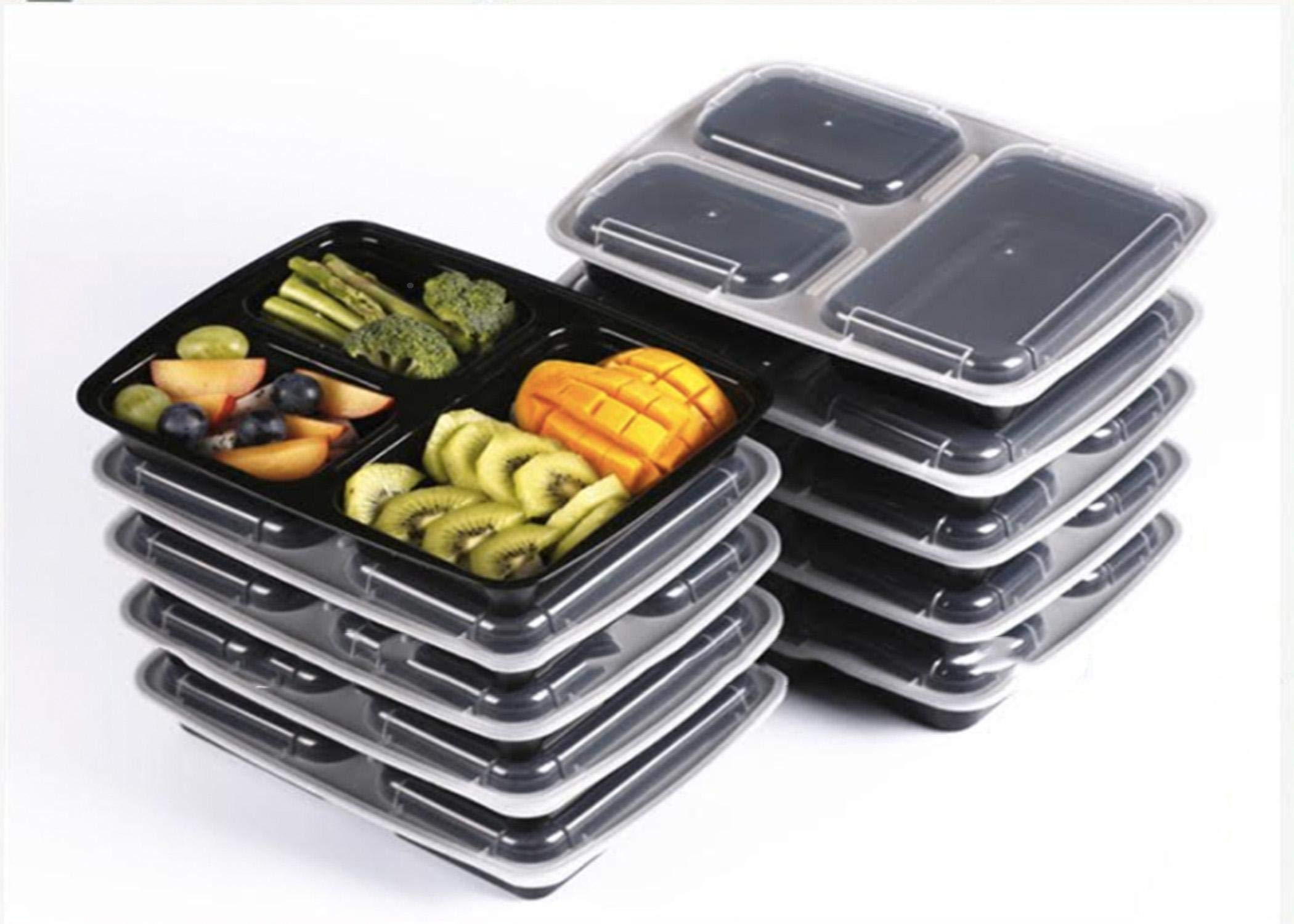
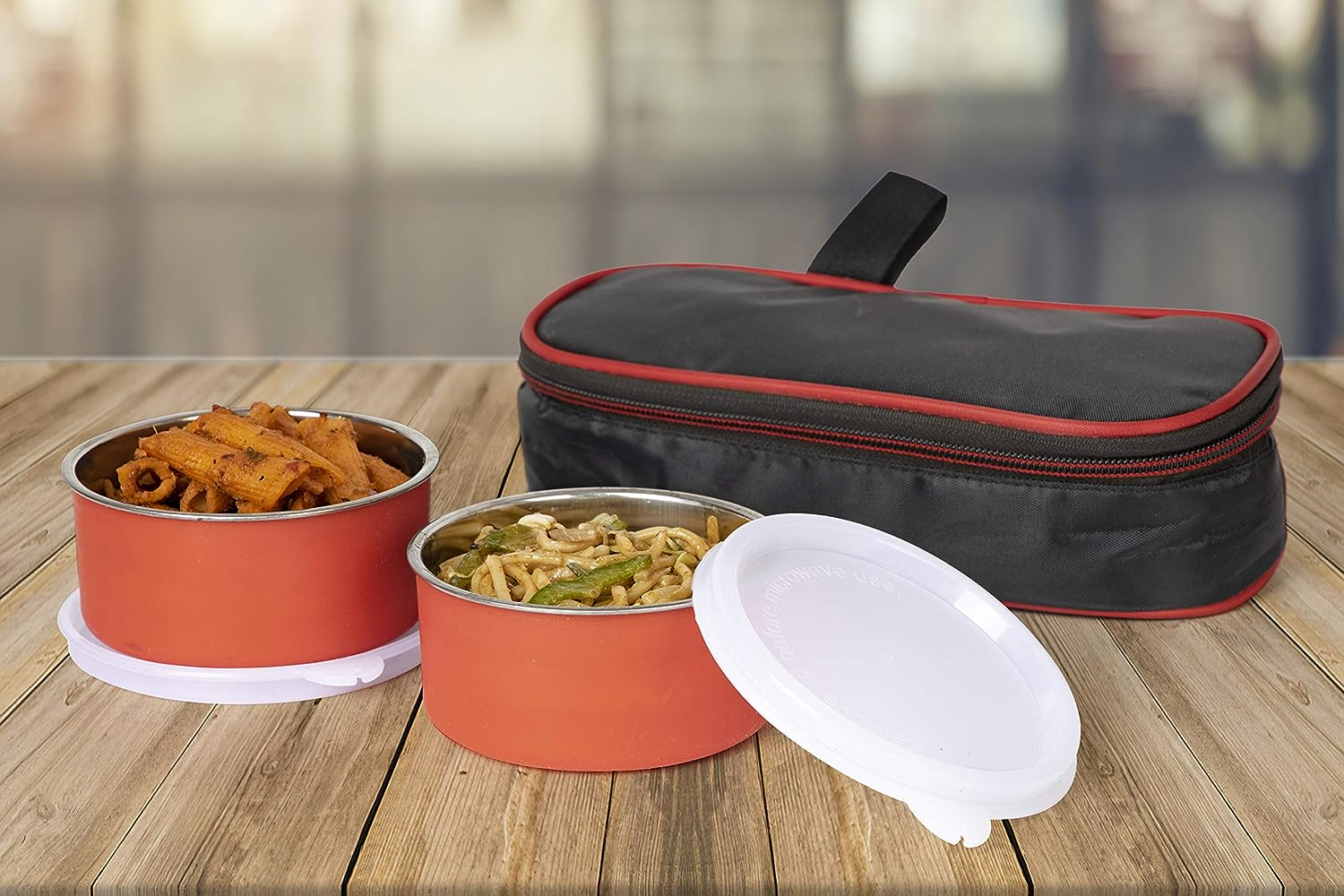
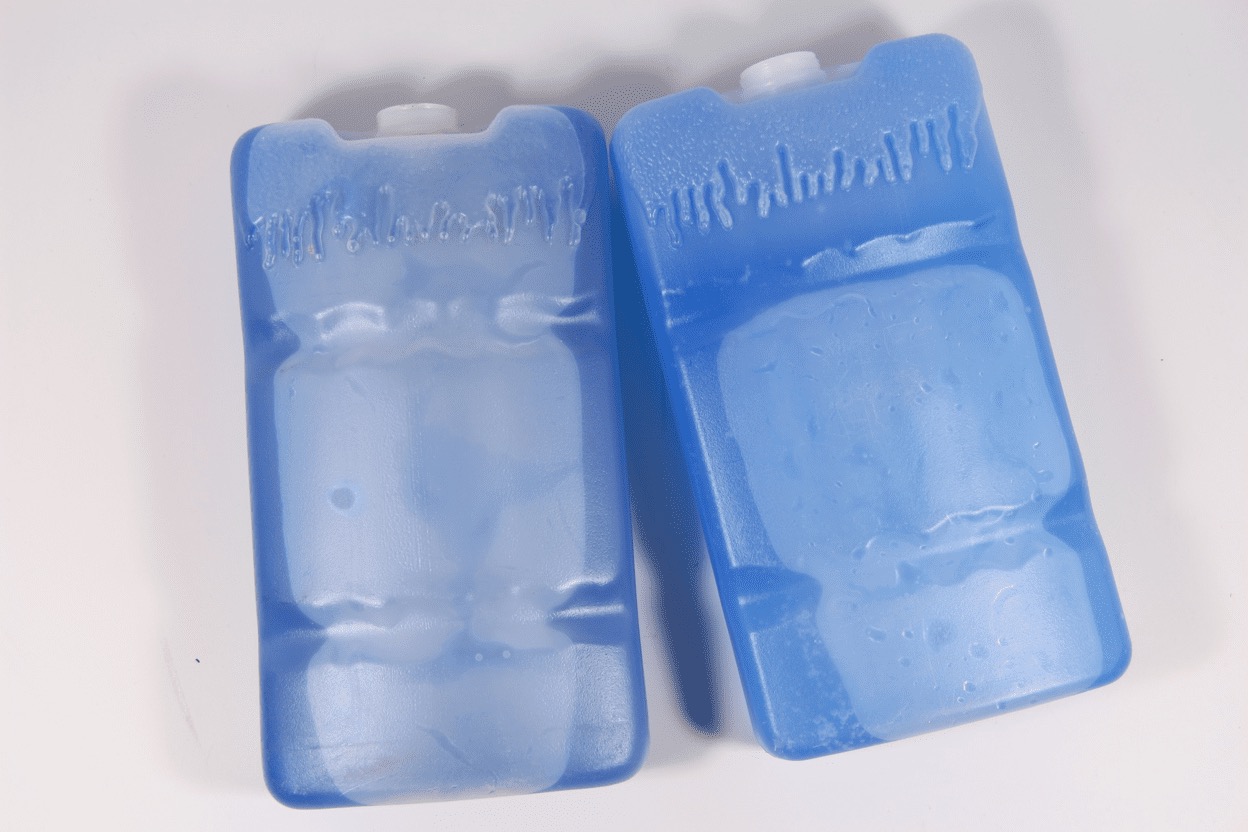
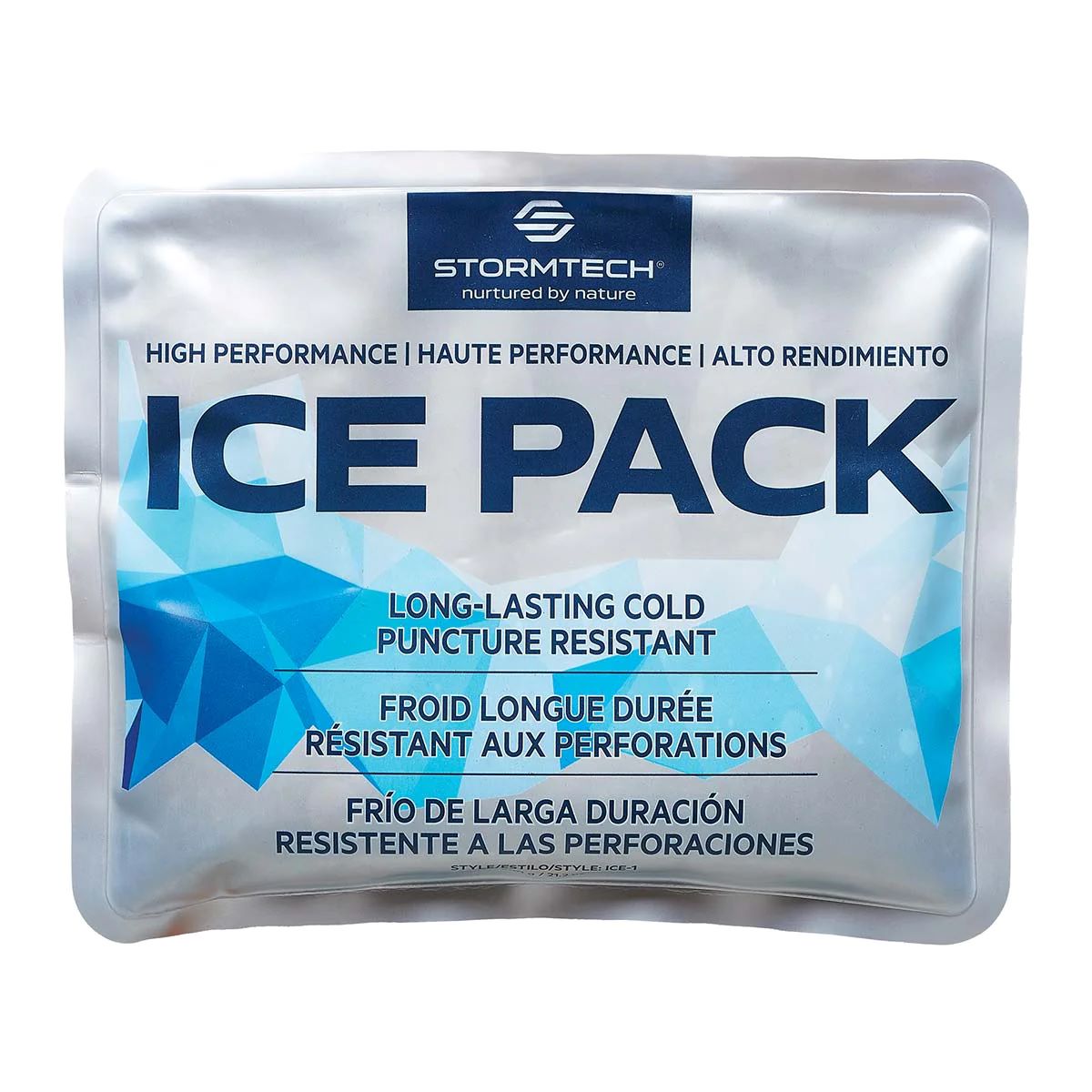
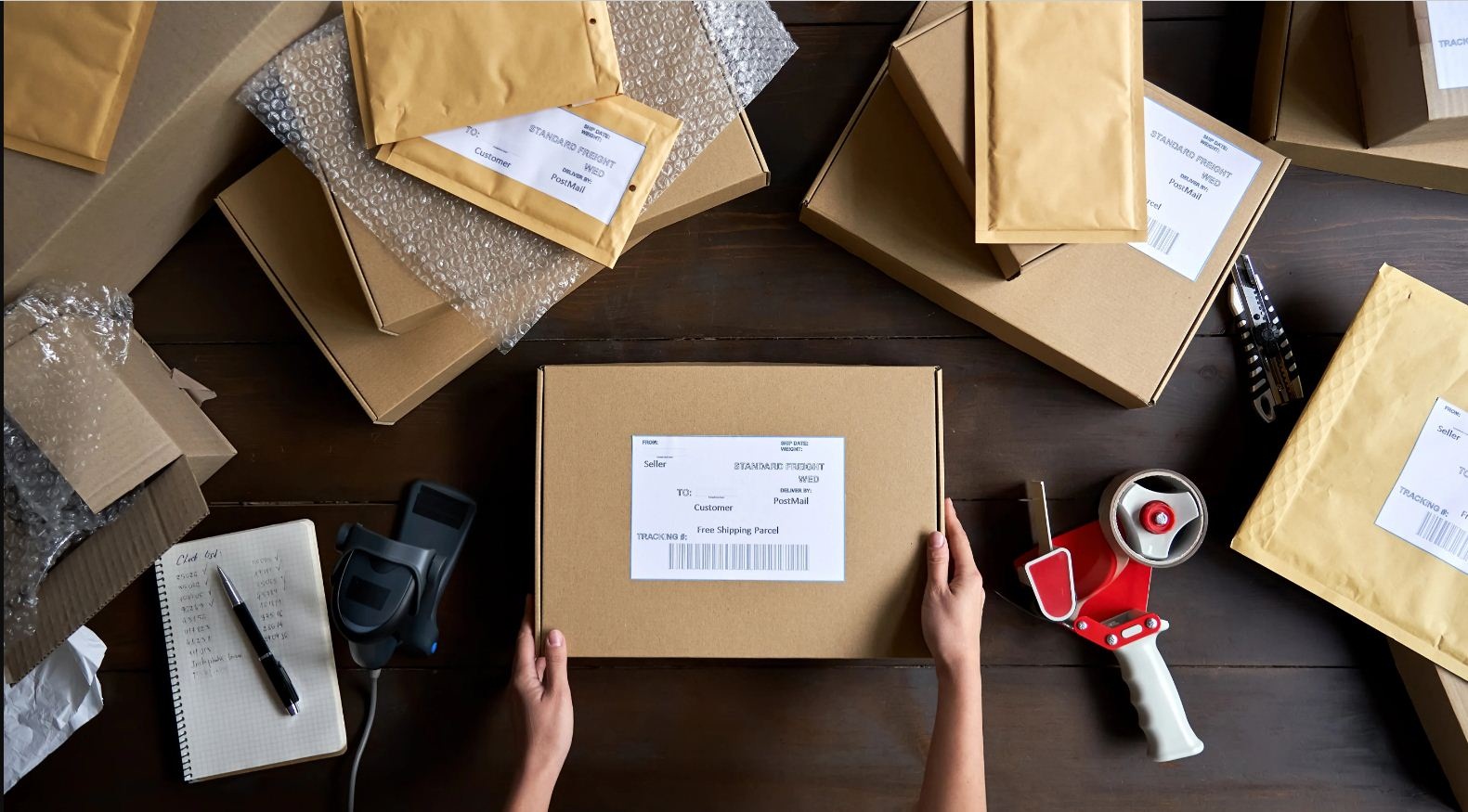
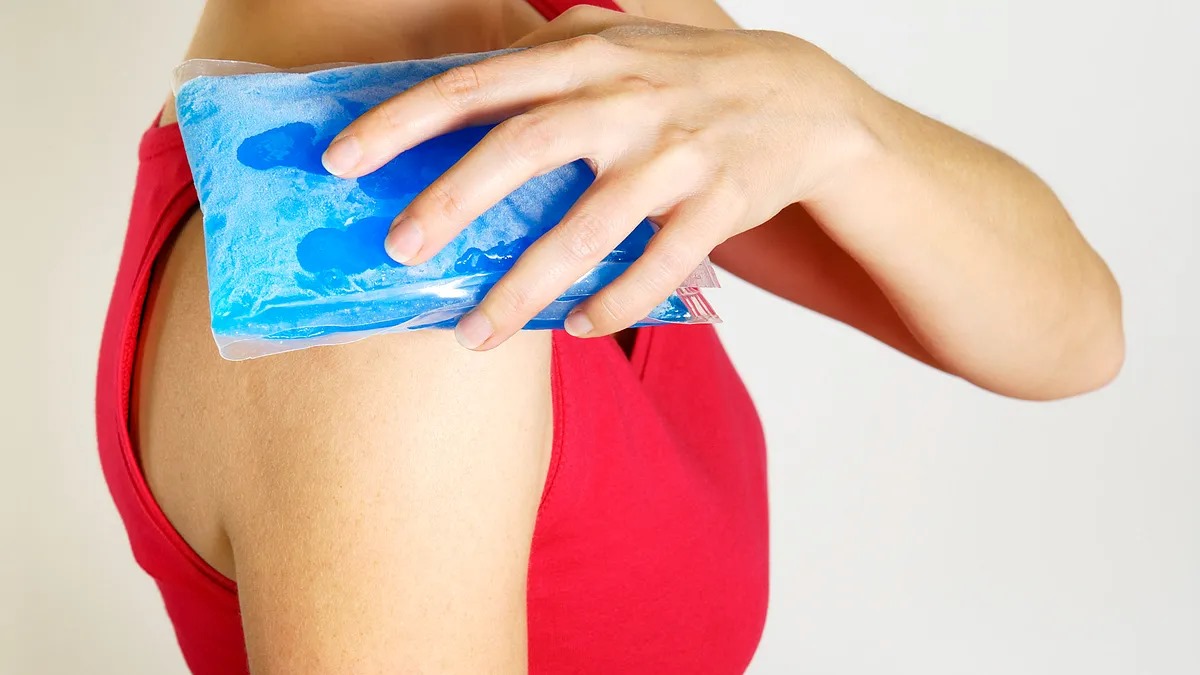
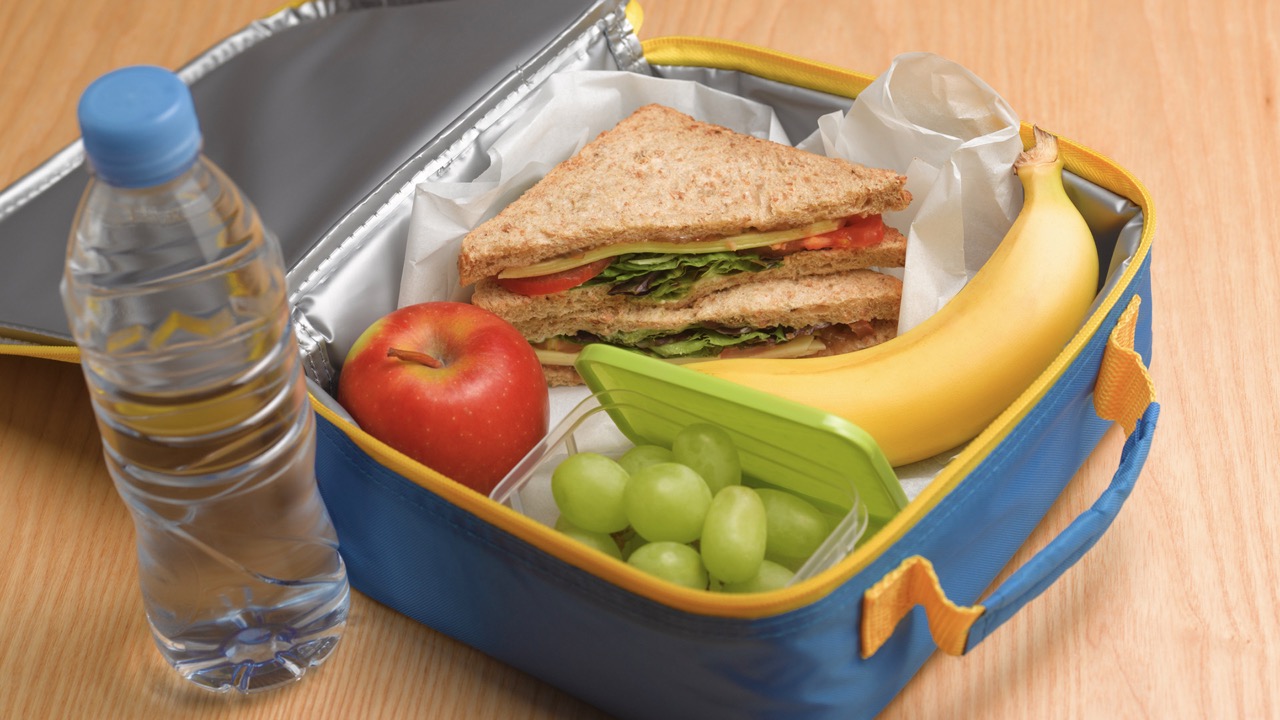
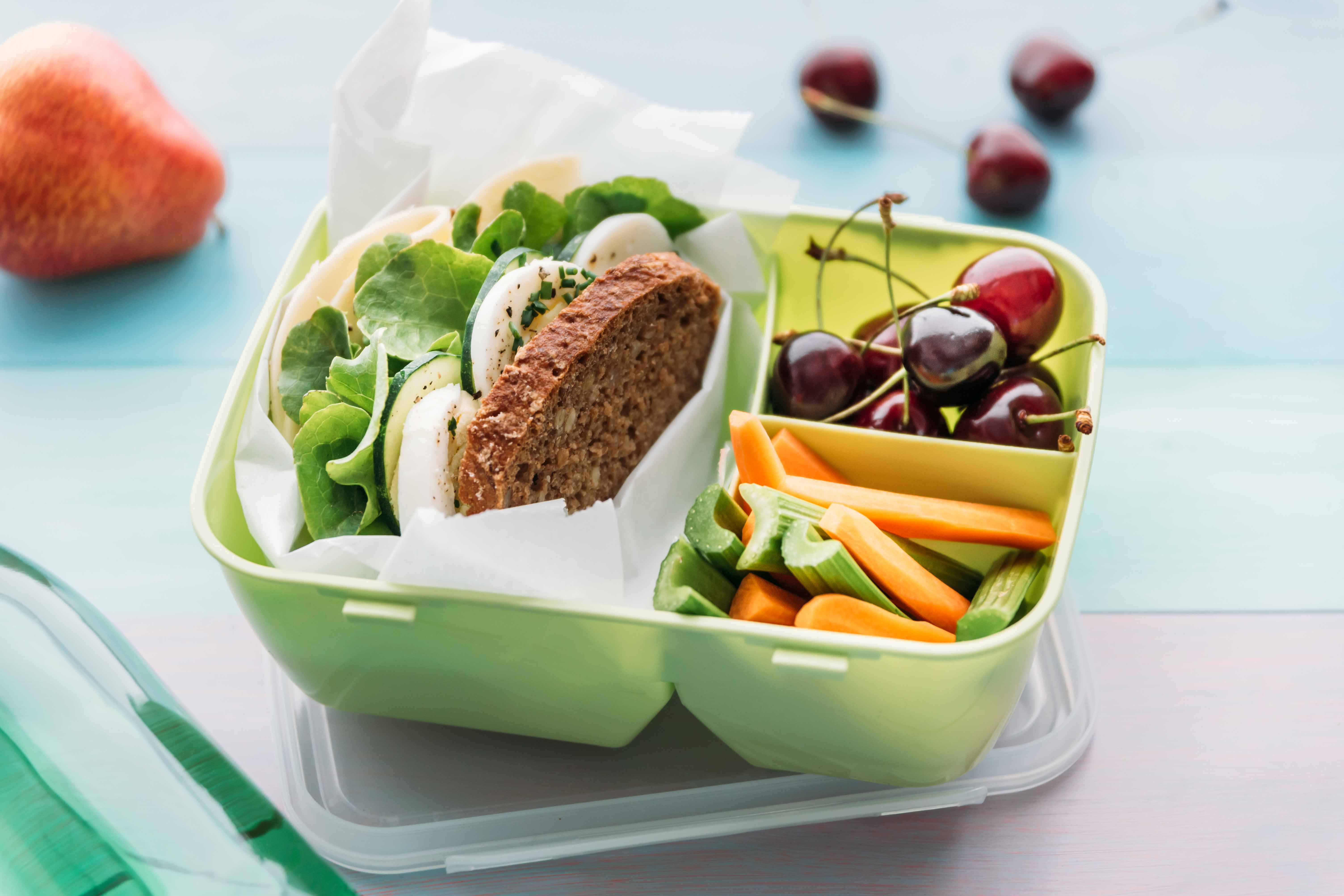
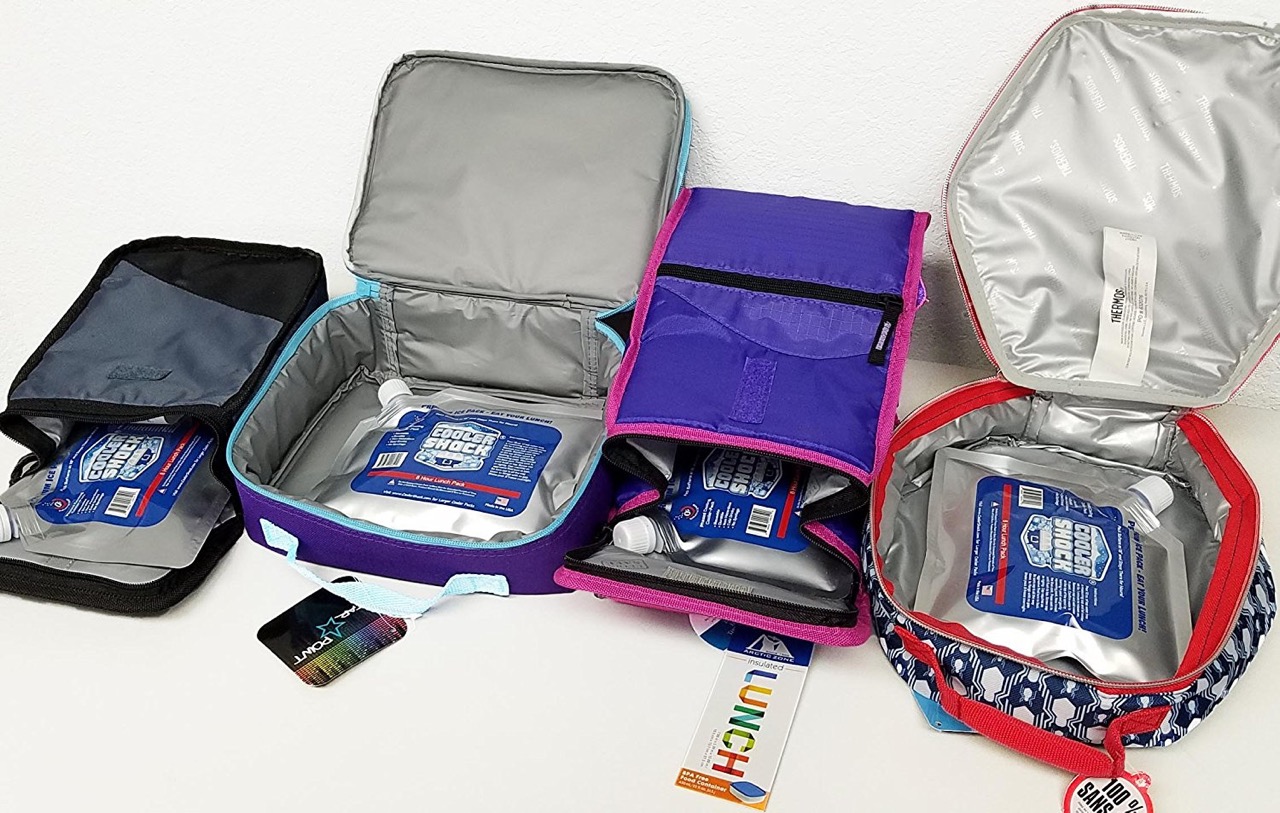
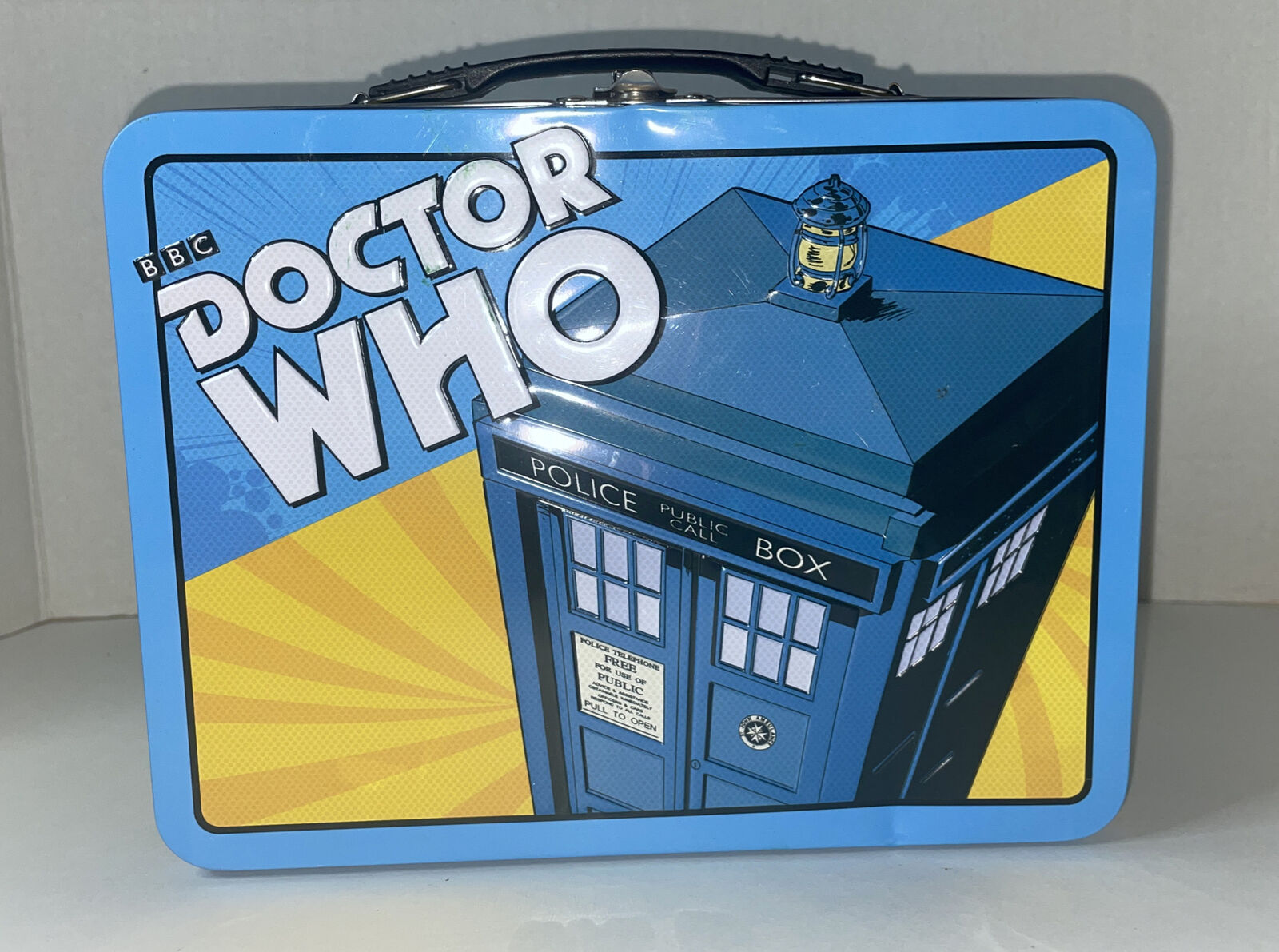
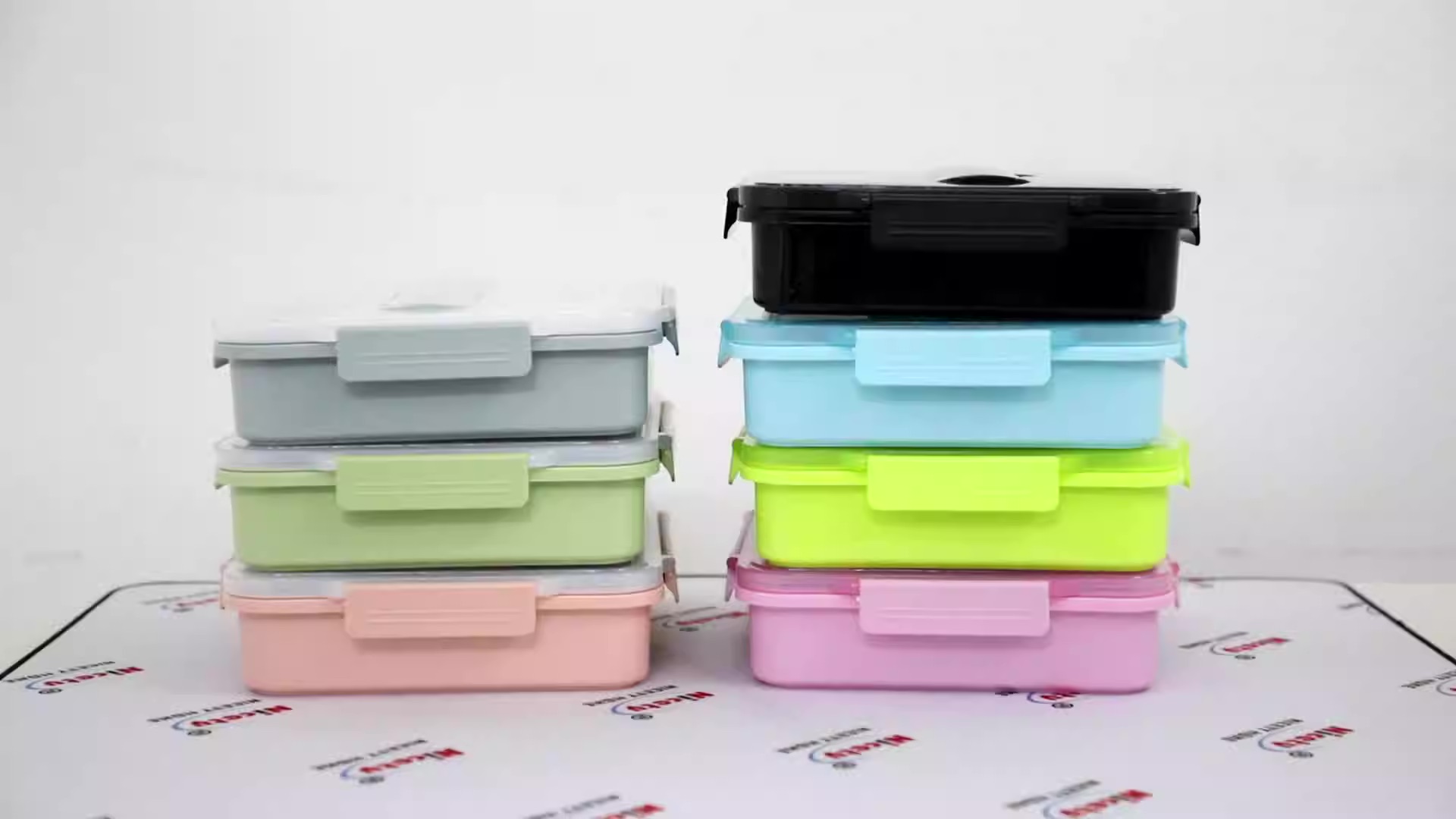


0 thoughts on “How To Use Ice Pack In Lunch Box”